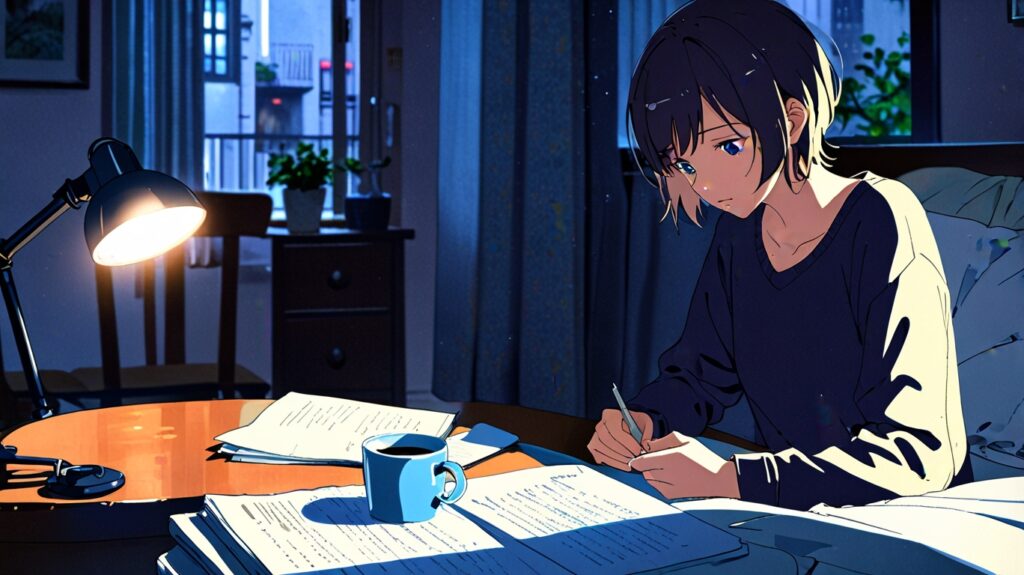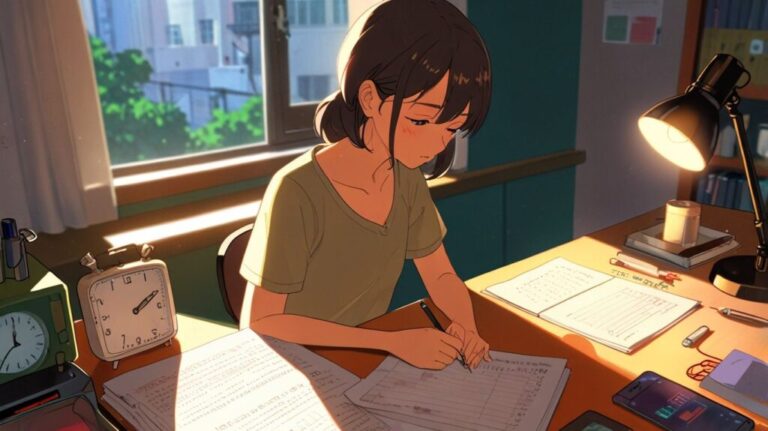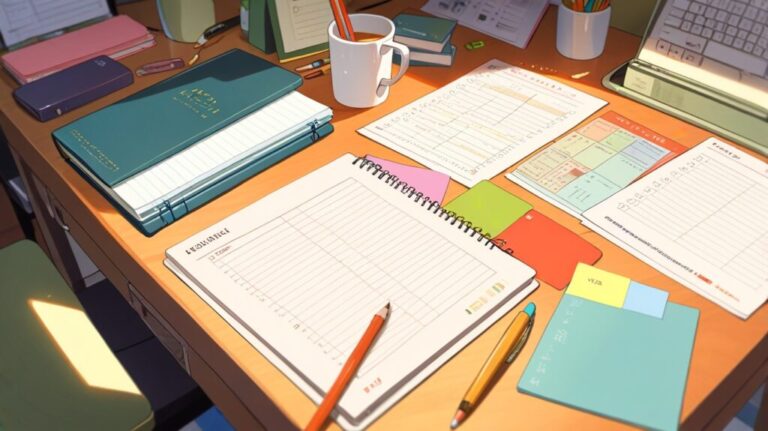How can I stop procrastinating on assignments?
How Can I Stop Procrastinating on Assignments?
Alright. Take a deep breath.
If you’re reading this instead of doing the assignment that’s due tomorrow (or, let’s be real, tonight), I get it. Like, truly. I’ve stared at blinking cursors, watched my to-do list grow like an evil monster, and still somehow decided it was the perfect time to organize my sock drawer or binge-watch a random YouTube series about penguins.
Procrastination isn’t just laziness. It’s not about being irresponsible. It’s deeper than that—and way more common than people admit.
But the good news? You can beat it. Not with some magic hack, but with honest changes and small wins stacked over time.
Let’s break it down—friend to friend, no judgment.
First: Why Am I Even Procrastinating?
Before you try to fix it, let’s figure out why it’s happening.
Because it’s usually not about the assignment itself.
Here are some common reasons I’ve procrastinated (and maybe you have too):
- Fear of failure: “What if I try and it’s not good enough?”
- Perfectionism: “I don’t want to start until I know exactly how to do it perfectly.”
- Overwhelm: “This is too much. I don’t even know where to start.”
- Boredom: “This is so dull. My brain refuses to care.”
- Low energy: “I’m mentally drained, and this feels like climbing a mountain.”
- Lack of purpose: “Why am I even doing this? What’s the point?”
Once you know why you’re avoiding the task, it’s easier to stop avoiding it.




Step-by-Step: How I (Try to) Beat Procrastination
These are things I’ve used—no fluff, no fake motivation talk. Just what’s actually worked.
🧩 1. Break the task into ridiculously small pieces
The hardest part is starting. So don’t start with the whole assignment. Start with the easiest possible step.
Example:
Instead of “write my essay,” say, “open a Google Doc and write the title.” That’s it. That’s your goal.
Because momentum is real. Once you do something tiny, your brain goes, “Hey, that wasn’t so bad. Wanna keep going?” And suddenly, you’re in.
⏲ 2. Use a timer—but make it short
The Pomodoro Technique is a lifesaver. Here’s the basic version:
- Set a timer for 25 minutes
- Work on just one thing
- Take a 5-minute break
- Repeat
- After 4 rounds, take a longer break
Why this works: You’re telling your brain, “We’re just doing this for 25 minutes.” That’s way easier than “Do this for 3 hours.”
I even use 15-minute sprints when I’m feeling extra avoid-y. You can do anything for 15 minutes. Even that nightmare group project.
📋 3. Make a “procrastination-proof” to-do list
Normal to-do lists can be overwhelming. So I made mine different:
- Only 3 main tasks per day
- Each task has a “start step” (e.g., instead of “do science homework,” write “read question 1”)
- I star the one task that matters most
This helps me stop fake-working and actually get the important stuff done.
🤝 4. Use “body-doubling”
Weird name, great results.
This means working around someone else who’s also doing focused work. You don’t have to talk. Just having someone nearby makes your brain go, “Oh, we’re being productive now?”
You can do this:
- At a library
- On a video call with a friend
- Using online “study with me” videos
It’s like peer pressure, but in a good way.
🧠 5. Be real with yourself—but kind
When I procrastinate, I tend to beat myself up. “Why are you like this? You had so much time. What’s wrong with you?”
Yeah… that doesn’t help.
What does help is saying:
“Okay, we didn’t start earlier. That sucks, but we’re here now. Let’s just do what we can.”
You don’t need shame. You need self-awareness and grace.
Discipline doesn’t grow from guilt—it grows from patience.
🧃 6. Set up a vibe
Look, I know this sounds silly, but the vibe of your space changes everything.
- Clean your desk
- Light a candle or play lo-fi beats
- Get a drink you like (coffee, tea, something cold and satisfying)
- Put on clothes that make you feel kind of “on” (not pajamas—unless pajamas are your power outfit)
Basically, trick your brain into thinking this is a special, focused time.
📅 7. If it’s a long-term assignment—create mini-deadlines
Let’s be honest: most of us don’t fear the assignment. We fear the fact that it’s big and due next month.
So split it up:
- Outline due by Thursday
- First draft by next Monday
- Final by next Friday
And if your teacher didn’t give you these mini-deadlines? Make your own. Put them in your calendar. Bonus points if you set a reminder with a slightly threatening but encouraging message like:
“Hey. Do it now so you’re not crying later.”
⚠️ Important: Stop waiting for “motivation”
This one hurt when I realized it, but it helped me a lot:
Motivation is unreliable.
It comes and goes.
Discipline, however? Discipline stays.
If I only studied or wrote when I felt like it, I’d fail everything. So I stopped waiting. I told myself, “Just start. Motivation will catch up later.” And weirdly—it usually does.
Final Thoughts
Procrastination isn’t about being lazy. It’s about being overwhelmed, uncertain, afraid, or just stuck in a cycle. But here’s the thing:
You can break that cycle.
Not by becoming a productivity robot. Not by suddenly turning into someone who loves assignments.
But by doing it one small step at a time.
By learning your patterns.
And by being gentle but firm with yourself.
If you’re still reading this, you’ve already done more than you think.
Now go take that first small step. Even if it’s just opening the doc. Even if it’s just writing the title.
Start ugly. Start unmotivated. Just start.
You’ve got this.
Related Articles from EdgyThoughts.com:
Why Emotional Intelligence Is Finally Being Taught in Schools
https://edgythoughts.com/are-schools-teaching-emotional-intelligence-now
Is VR the Future of Classroom Learning?
https://edgythoughts.com/is-vr-the-future-of-classroom-learning
External Resource:
Explore more about procrastination psychology:
Procrastination – Wikipedia
https://en.wikipedia.org/wiki/Procrastination
Are Schools Teaching Emotional Intelligence Now?
https://edgythoughts.com/are-schools-teaching-emotional-intelligence-now/
How Are Fractals Used in Nature 2025
https://edgythoughts.com/how-are-fractals-used-in-nature-2025/





